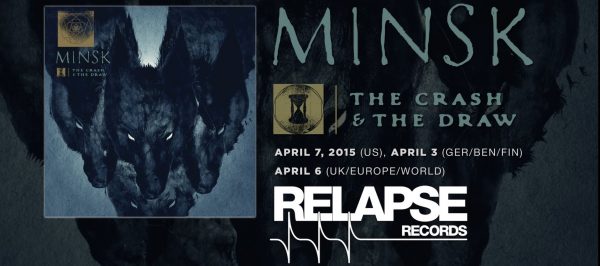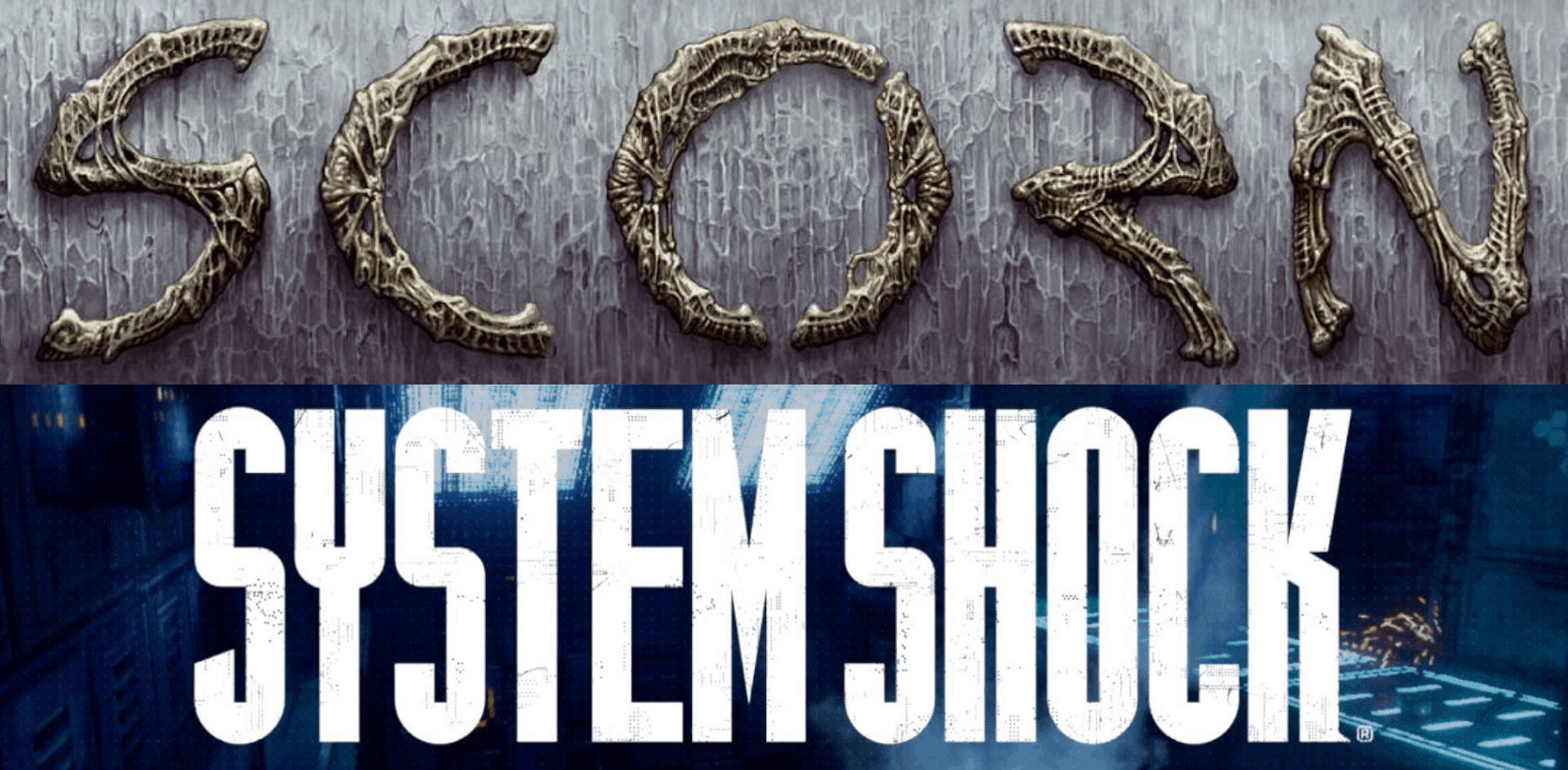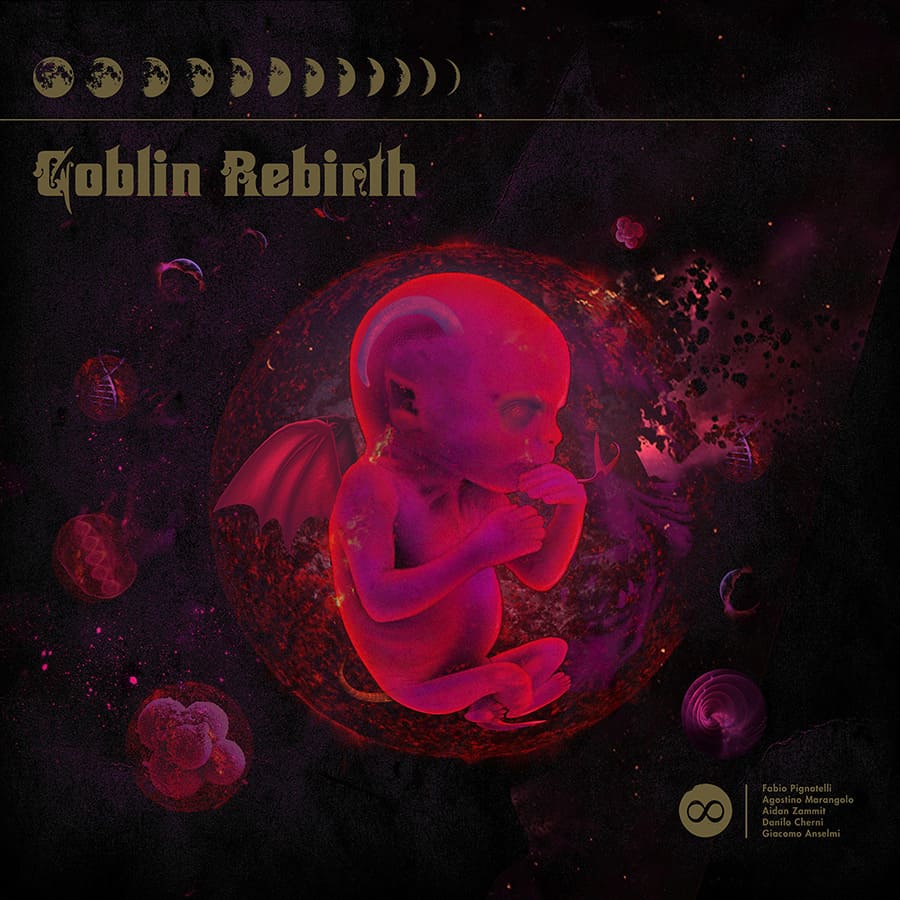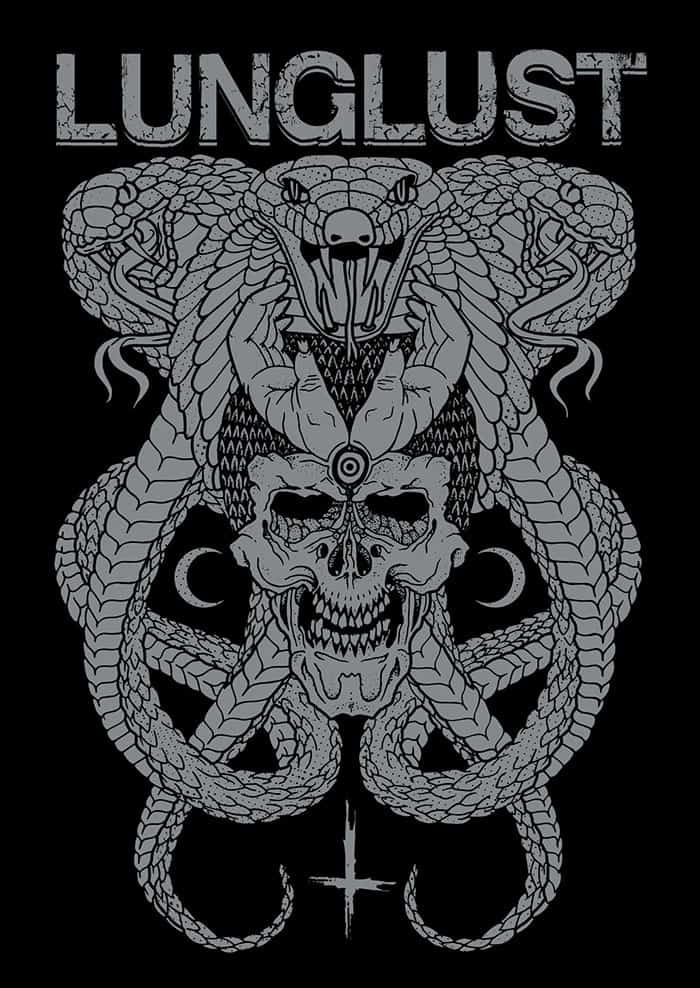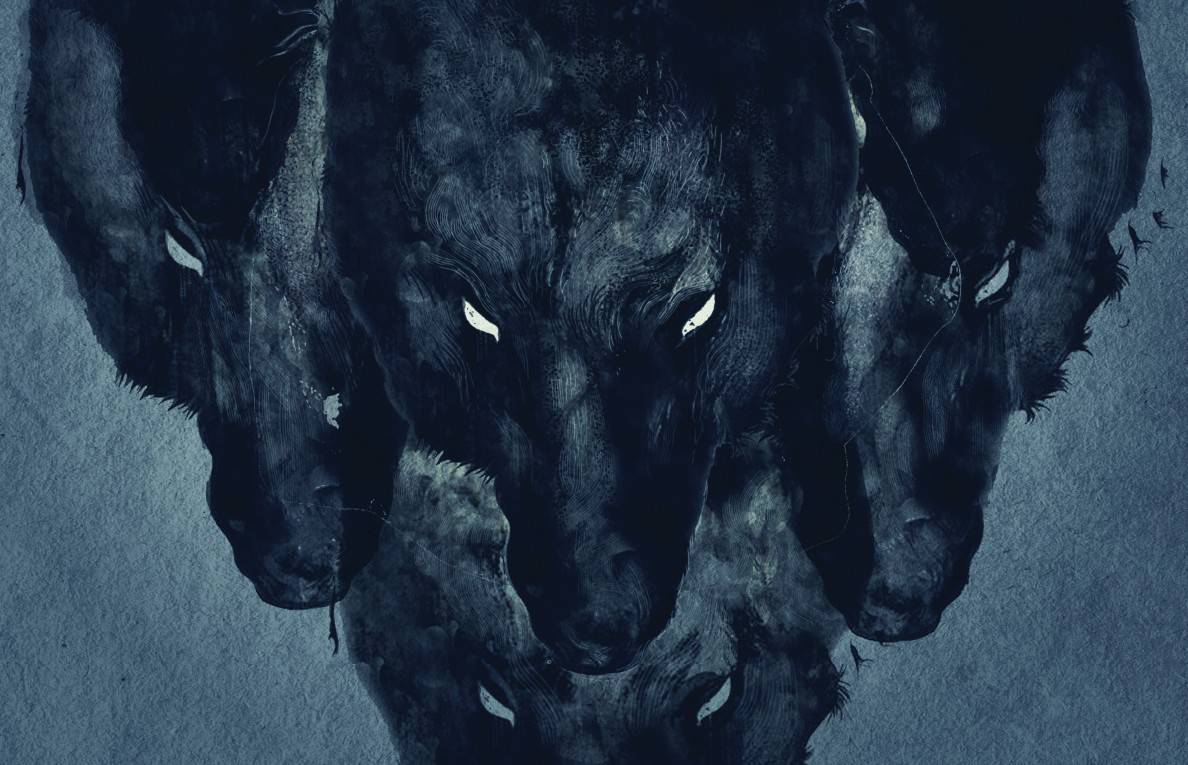
Album Review: Minsk – The Crash And The Draw
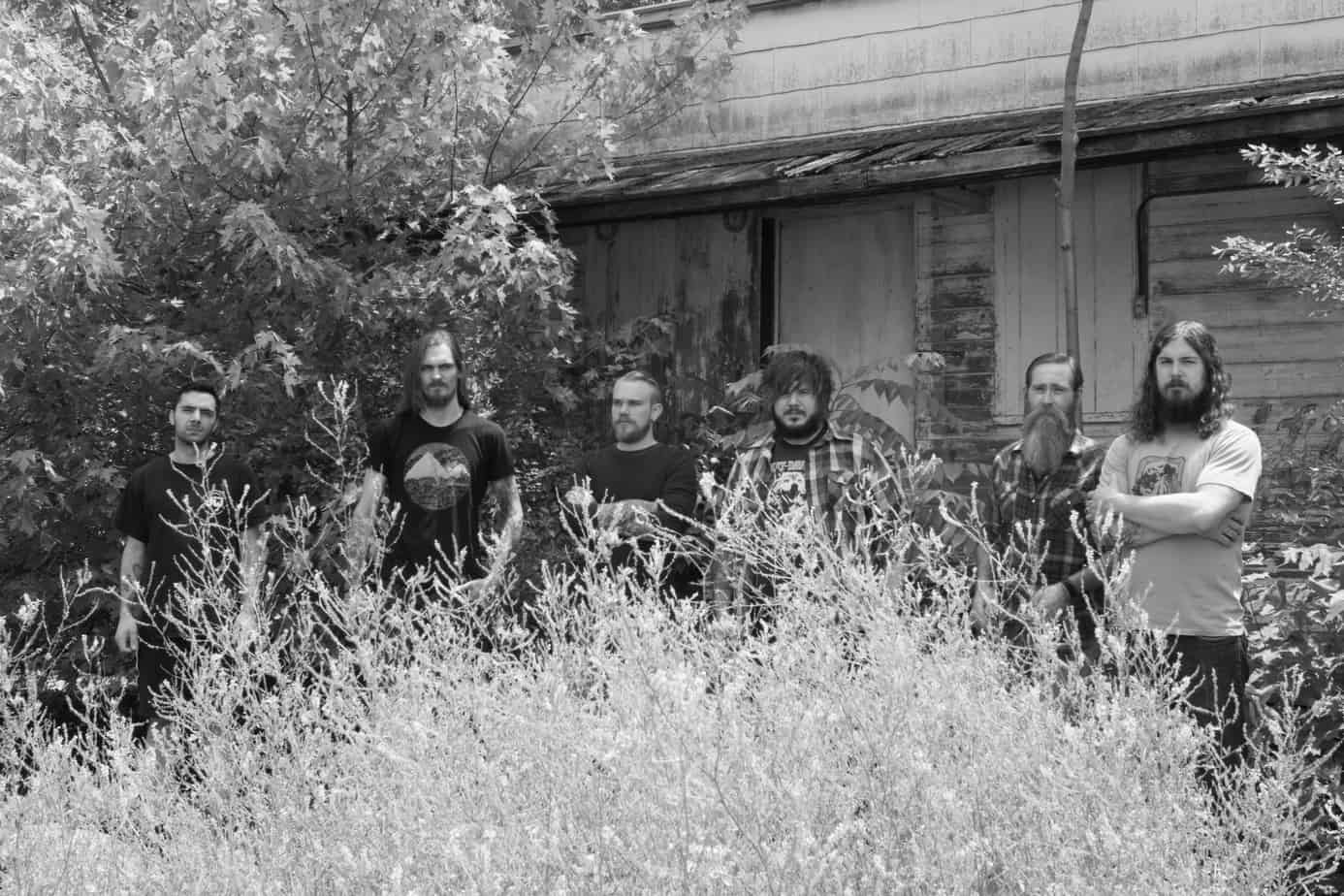
FULL DISCLOSURE: Quite a few years back, when Twitter was first getting off the ground, a little record label was doing a giveaway for their (at the time) meagre Twitter fans, myself including, I won and they sent me three CDs in the mail; Below The Thunders Of The Upper Deep” by Culted, Psychic Maps by Dysrythmia and With Echoes In The Movement Of Stone by Minsk. Now, I hadn’t heard of the other two bands but the name Minsk was more than a bit familiar, as the band shared stomping grounds, a producer by the name of Sanford Parker and occasionally a musician or two with one of my all time favorite bands, Yakuza. So, needless to say, my first listen to Minsk was favorably colored by those circumstances and they became the first doom band I truly fell in love with (this was still fairly early in my exploration of the world of actual metal). But alas, this was to be the last thing Minsk would release for a long, long time, and I would spend nearly a decade in search of a similarly sprawling, breathtaking, monolithic beast saturated in psychedelic beauty. High On Fire? Not cerebral enough. Neurosis? Too abstract. Isis? Close, but lacking menace. I’ve had to make do with the likes of Mouth of the Architect (also now defunct) or the occasional Sanford Parker side project like Circle of Animals or Bloodiest.
But now, Minsk has returned! But in what form? If there was anything I loved most about Minsk was the aforementioned delicate balance of heaviness, beauty and expansiveness. What form would this newest album take? When the preview trailer landed, I was slightly hesitant but mostly enthusiastic, because if anything Yakuza has proven to me, it’s that Chicago’s metal scene is unfailingly perfect. Though I’ll add that preview trailers for albums annoy the crap out of me. It eliminates surprise almost entirely; if a band wants to punctuate a mid-album break with a breather track or maybe ramp up the intensity near the end of the album, a preview trailer is going to fail to portray any of those intricacies, breaking down the full album listening experience into a swampy mash of nonsense.
Frankly speaking, I don’t care for impressions. I’m a purist; I tend to listen to albums all the way through the first time though if I can and I definitely give them at least a few weeks before I start putting them on shuffle because, personally, if I was a rock musician, I’d be structuring my albums to create specific “stories” from track to track because that’s how all of my favorite albums are and Minsk’s The Crash And The Draw is no different. In fact, it’s the perfect example of why this is a surprisingly powerful weapon in the arsenal of any rock or metal band interested in more than making some quick dough off singles.
When I saw the tracklisting for The Crash And The Draw, for example, I was absolutely thrilled to see them using the multi-movement, roman-numeraled format for tracks 3-6, their compounded form being vaguely entitled “Onward Procession.” I was curious; would this be a change of pace for them, with shorter tracks and distinctive segues, or would they retain their distinctive outstretched style? The album art also indicated a shift in style; rather than opting for an abstract, trippy element like their back catalog, the cover is a painting of the beautiful, sleek and dangerous faces of four black wolves. There’s still a surreal look to it but it has a deeper, more visceral emotional effect; the wolves certainly don’t look friendly but there’s still a mystique and beauty to them.
Did any of what my delirious brain have built up for this album even come close to matching what I thought I’d be getting into? Yes and no.
First off, this is not the same Minsk. Where the Minsk of With Echoes In The Movement Of Stone was a doom band with strong influences of psychedelic rock and prog metal, The Crash And The Draw is very, very heavily influenced by post-rock and post-metal.
If you’re a so-called “music journalist,” you probably just shuddered at my use of both “post-rock” and “post-metal” in the same sentence.
Well, fuck you. You “journalists” are so poisoned by the tiny attention spans of our culture and the medium of internet journalism that you have ignored the birth of the “post-” prefix, originating not from the loins of Godspeed! You Black Emperor or Isis as is so often implied and, by association, negatively so, thanks to the ugly hordes of pretentious fanboys who worship at the altar of those bands. No, remember that it was “post-hardcore” before anything else, when truly underappreciated and revolutionary bands like Fugazi and Husker Du were taking the best parts of a constipated genre of music and freeing it. Sure, “post-rock” has, as a whole, very little merit to it and I’d rather listen to KE$HA than Explosions In The Sky, but it takes a truly cynical listener to relegate literally dozens of fantastic bands to a dark corner because appending “post-” to a genre title is the most succinct way to summarize their sound.
And, more than any time in the past, Minsk now perfectly embodies the glory that is post-metal. The album opens with a warning; don’t come here if you want fun riffs and stupid songwriting. “To The Initiate” almost feels like a mission statement, at first eschewing guitar bludgeoning for blurred, ethereal, saturated synths, layer upon layer, gradually piling on the suspense and mood. To describe it as foreplay would be an insult, but not to sex. I really wouldn’t have minded if this was how the whole album would sound, with warped cymbals dragged out to mutated lengths, soft and achingly melancholy guitar notes eventually crashing into a massive opening riff that would make any proper metalhead grin. This fades away and eventually the distinctively hymnal, muted vocals of guitarist/synth wrangler Timothy Mead surprises with genuinely emotional verses. This is the, dare I say, improved Minsk; not only are they heavy and psychedelic, but they have heart now. Still, this is laced with Mead’s screams and it’s not but a minute before it all devolves into crashing, brutal intensity, drums storming furiously, approaching death metal but never quite acceding the wonderful moodiness that comes to be be the hallmark of The Crash And The Draw.
And what about that multi-movement epic that dominates the middle half of the album? That’s what’s interesting about The Crash And The Draw. Rather than try to make an 11-track album of epic-length tracks (typically above the 6 minute mark) that balances their new, three-pronged approach to metal, “Onward Procession” as a whole is the heaviest part of the album, feeling like an EP in which they chose to be as heavy as they could be. That’s not to say that there’s grace here and there; the guitar work of Aaron Austin and Chris Bennett sometimes slide from crushing, Plutonian weight to evocative, intertwined melody, but for the most part, tracks 3 through 6 are heavy, heavy, heavy. In the best of ways. The drums careen and drunkenly crash into the eardrums of the listener while the guitars tear and hiss, matching Mead’s commanding, unrelenting, otherworldly roars, sometimes backed by guitarist Christopher Bennett’s fierce howls. Mead has always been one of my favorite metal vocalists for his unerringly precise modulation of doom metal’s fatalistic, guttural chants and the gloomy, evocative wails of goth and prog.
But really, it’s the instrumentation on The Crash And The Draw that matters, and none of their previous albums have had the level of sheer complexity as this one. Sure, it’s still metal, and with roots in the doom genre, it’s no Opeth album, but the second half of the album proves that Minsk has more on their minds that sheer heaviness or riffs. For example, “Conjuction,” which immediately follows “Onward Procession,” is a heart-breaking five minute bath in melancholy guitars with a planet’s worth of reverb, but thanks to a leading, gentle melody, it has a presence, a voice, and doesn’t have the skippability of the average interlude track.
“The Way Is Through” sees that grace extend into a song proper for several minutes, with overdubbed vocals and careful drums steadily amplifying the tune hinted at in “Conjuction.” With the achingly slow, hypnotic percussion and cold, ringing guitars backed by hollow, somber singing, the opening of “The Way Is Through” hints at another genre Minsk has been mining for inspiration; namely, slowcore. Codeine immediately comes to mind, as does Low and June of 44. Really, though, they’re just channeling that wonderful brand of “post-” music I was referring to earlier. Still, this is Minsk, so the four minute mark sees the heartbreak turn into an inferno, reminding the listener that Minsk might have found their emotions but they haven’t lost their rage.
All this heaviness and melody does result in the psychedelic textures of Minsk’s prior output being reduced slightly but they acknowledge this openly with another “interlude” of sorts, “To You There Is No End,” a kit-bashing drone piece that sees drummer Kevin Rendleman righteously beating out an ominous, primal, deliriously-textured tattoo as what I’m guessing is Bruce Lamont (of Yakuza) renders his saxophone into a multi-layered howl of transcendent, dark glory. I’m also guessing that producer and music wizard Sanford Parker got to assist with synths and flourishes here as well. Like “Conjuction”, this track functions as a bridge into penultimate tune “To The Garish Remembrance Of Failure,” which premiered to high praise online recently, and rightfully so; it’s the closest thing Minsk comes to imitating what they did on their previous release, and its hazy, textured, weird doom is a welcome respite from the gloominess.
Finally, the last track on the album, spanning a generous ten minutes plus, combines all of the above. It’s both a summary and a pinnacle, seeing Minsk doing something they’d never have done previously; multiple voices all singing, actually singing, in unison! It’s devastatingly pretty and really, it solidified for me that this album is the best thing Minsk has ever done. They’ve unified and brought forth something distinctly their own, yet encompassing everything from classic doom to post-hardcore to prog rock. And I haven’t even touched on meanings behind the songs, or at least the meanings I find in them; so much of what’s being talked about involves passing through, letting go, things dying and being left behind, finding solace in truth and the beauty of a knowing a painful journey is coming to an end. It’s about the struggle of creation and the simplicity of acceptance.
Which brings us back to the cover of the album. There’s two layers to the cover. The first is the literal depiction of a pack of wolves, intended to represent the music; beautiful but feral, intelligent but savage, dark but very much alive. That’s the obvious part. What’s more interesting is that this is also, of all things; a metal album with wolves on the cover. It’s one of the most hoary cliches in metal. Yet unless someone actually points that out, you’d never realize that you’re looking at a cliche.
Because (I hope you’re listening, “music journalists”) a cliche is only that because you’re looking for it.
“With scream and whisper a call will be heard.”

